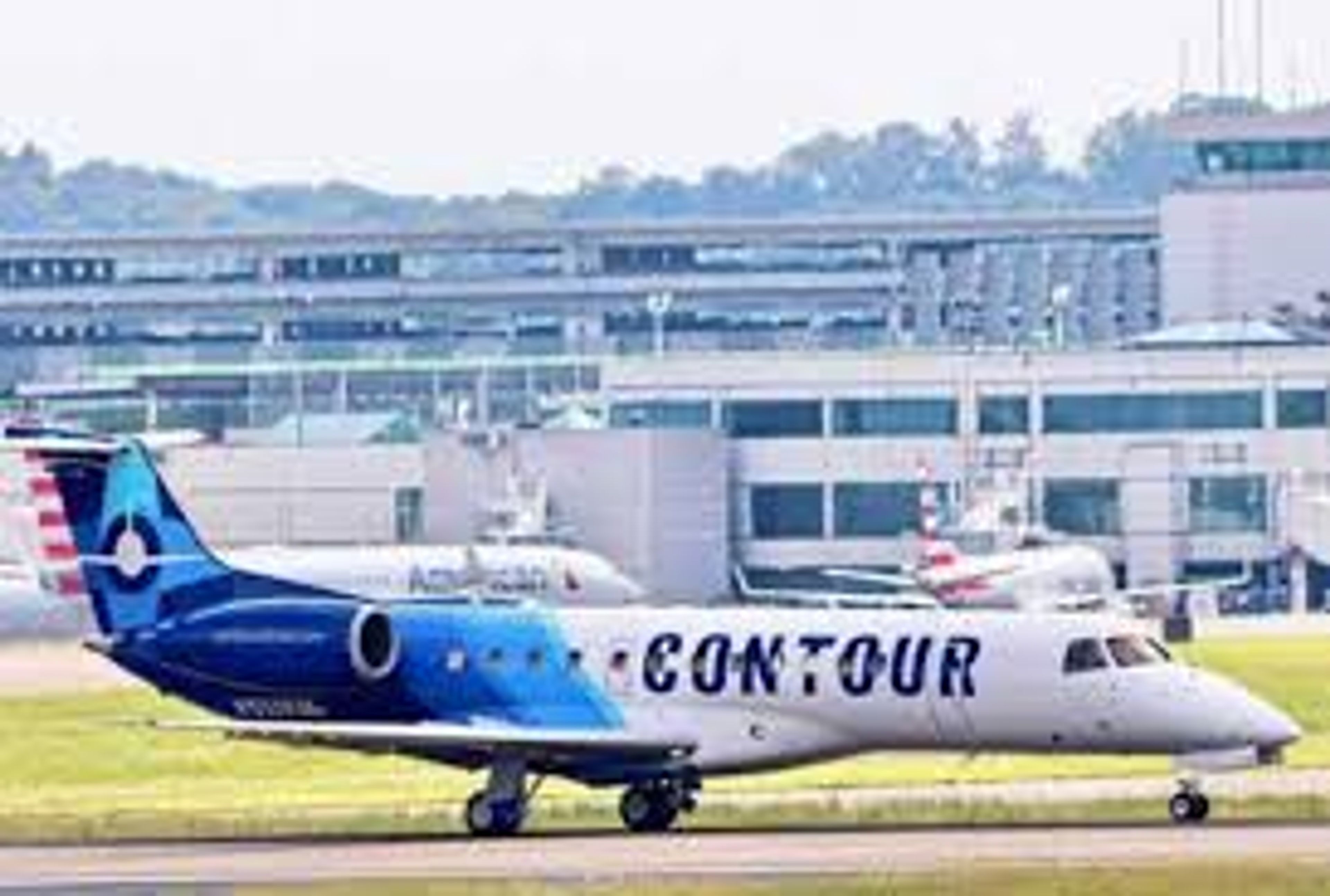We were introduced to "Agriculture -- Bootheel Style" at a Delta Center Field Day, held on a New Madrid County farm near Portageville in the mid-1970s.
Participants for that field day program rode "covered" wagons pulled by tractors to a number of sites along endless fields of research crops. At each stop along the way, agronomists, scientists and university extension specialists explained the research involved in crops and various farming methods.
Research is still going on and is still being explained each year during Field Day programs. And, visitors still ride covered wagons to the various stops along the route.
This year's Delta Center Field Days is being billed as "the good, the bad and the ugly."
"We have some good research, some bad insects and some ugly weeds," said Jake Fisher, superintendent of the Portageville-based center operated by the University of Missouri-Columbia extension service.
The annual event for 1995, which is expected to attract more than 1,000 visitors, will be held Aug. 31, at the Lee Farm, 7 miles southeast of Portageville, at the junctions of Highways T and TT.
Gov. Mel Carnahan has indicated he will attend the daylong event, which will get under way at 9 a.m. and wind up about 2 p.m. Also invited to the event are Sens. John Ashcroft and Christopher Bond and Rep. Bill Emerson, along with a number of state legislators.
Farming is big business in Missouri and Southeast Missouri. Over the past three years, more than 106,000 farms in Missouri have produced more than $4 billion in farm products, which include soybeans, corn, hay, cotton, grapes, apples, fruits and even tobacco.
Sales of agriculture products in the Southeast Missouri area have increased during the past decade, to more than $575 million annually, up 14 percent from a decade ago.
Field day activities throughout the state help keep farmers informed.
Four tours, all designed to help area farmers, will be presented this year, featuring scientists and extension specialists from the universities of Missouri and Arkansas.
"We're anxious to discuss the good, the bad and the ugly of crop production," Fisher said.
The "Blue Tour" will emphasize crop fertility and include reports on soybean irrigation, nitrogen fertigation, corn starter fertilizer, nitrogen applications and guides for irrigation scheduling.
The "Yellow Tour" will focus on weed control with reports on Roundup-tolerant soybeans, new herbicides, crops with herbicide resistance and cotton weed control.
The "Red Tour" will deal with crop protection against boll weevils, soybean cyst nematodes and other pests.
The "Green Tour" tour highlights cotton and soybeans and includes a survey of plant parasite nematodes, reduced tillage systems for cotton, crop performance trials and payoff from early maturing soybeans.
The annual field day is a plus and a must for area farmers.
In addition to programs and tours, more than 50 agribusinesses and commodity groups will have exhibits at the field day.
The number of U.S. farms has increased this year to 2.07 million, with horse owners and small-scale suburban farmers helping to boost the total, says the U.S. Department of Agriculture (USDA).
The number of farms in the nation fell under the 2-million mark in 1981, the first time since before the Civil War that the United States had fewer than 2 million farms. The 1992 totals revealed 1,925,300 farms, less than a third of the 6.8 million farms counted six decades ago, in 1935.
While the number of operations grew by less than 0.5 percent from last year, total farm acreage remains virtually unchanged from 1994 at 972 million acres
The average farm size dipped to 469 acres from 471 last year. The definition of a farm has been changed to include places with five or more horses, except boarding stables and racetracks. The change was made to bring USDA's definition in line with the Census Bureau's.
One analyst with the department's National Agricultural Statistics Service said it was difficult to determine how much of the increase was due to adding horse farms, and how much to the popularity of "farmettes" or "ranchettes," small-scale, weekend operations carved out of larger farms and ranches.
Missouri is second on the list of states with the most farms.
Texas remained the state with the most farms at 202,000, up 2,000 from a year ago, and Missouri followed with 106,000 farms, up 1,000 from last year. Iowa is third with 100,000 farms, down 1,000 from 1994.
Texas also had the most land in farms and ranches -- 129 million acres.
USDA's definition of a farm includes farms, ranches, dairies, greenhouses, nurseries, orchards and hatcheries, including sod farms and cranberry bogs, having yearly sales of $1,000 or more.
Farms in Southeast Missouri have followed the state and national trend in size and number.
Mechanization is allowing farmers to handle more land with the same labor, and the trend has been to fewer and larger farms.
A report by Southwest Missouri State University's Center for Social Research, reveals that the number of farms has dwindled in the 22-county area of Southeast Missouri by nearly 9 percent over the past decade, from 15,127 to 13,817. At the same time, the average size of individual farms has increased by 30 acres.
The total Southeast Missouri farm acreage has increased over the past decade, but only slightly -- from 4.41 million to 4.44 million acres.
The 2-year-old report shows 1,365 farms in Cape Girardeau County, comprising 266,557 acres, for an average size of 195 acres a farm.
This is about half the farms that were in the county in 1900, when 2,576 farmers had about 348,000 acres in agriculture use, for an average of 136 acres.
Bootheel farms boast some of the larger farms in Missouri. With only 340 farms listed, the Mississippi County average is 762 acres; New Madrid County farms average 695 acres; Pemiscot County farms average 653 acres; and Dunklin County farms average 445 acres.
Connect with the Southeast Missourian Newsroom:
For corrections to this story or other insights for the editor, click here. To submit a letter to the editor, click here. To learn about the Southeast Missourian’s AI Policy, click here.








